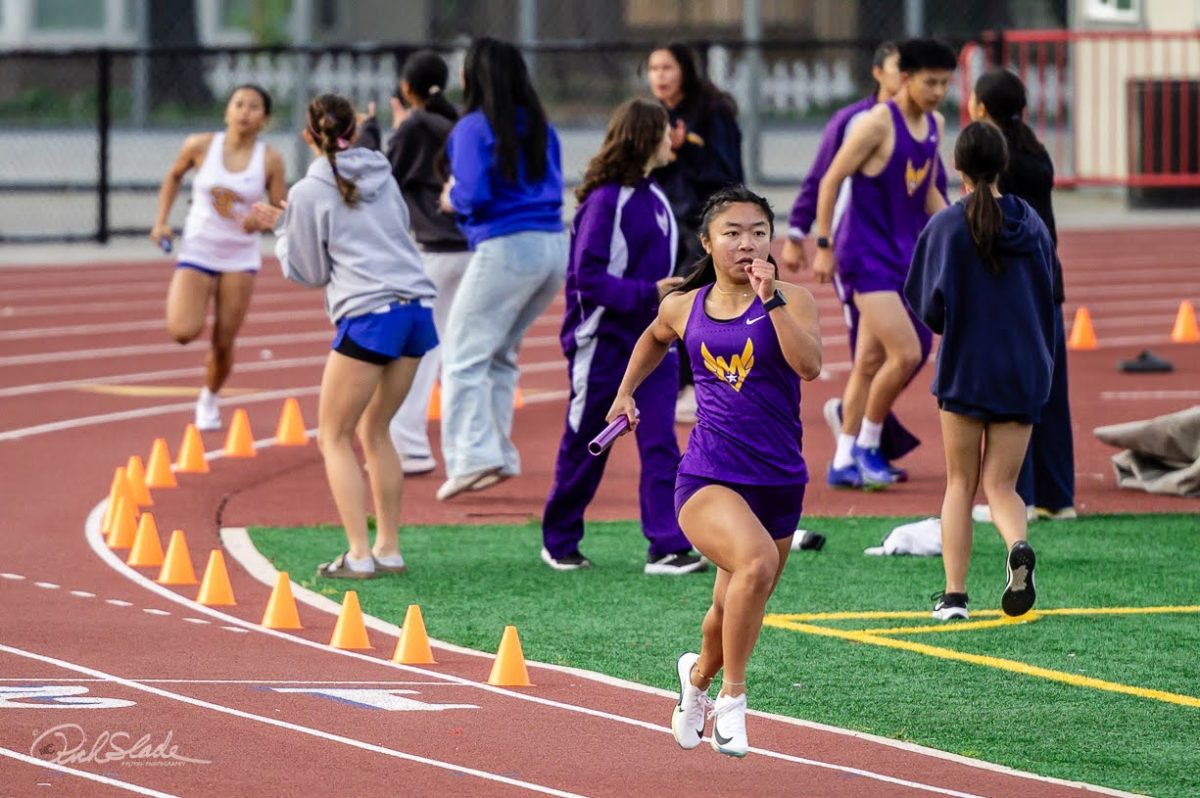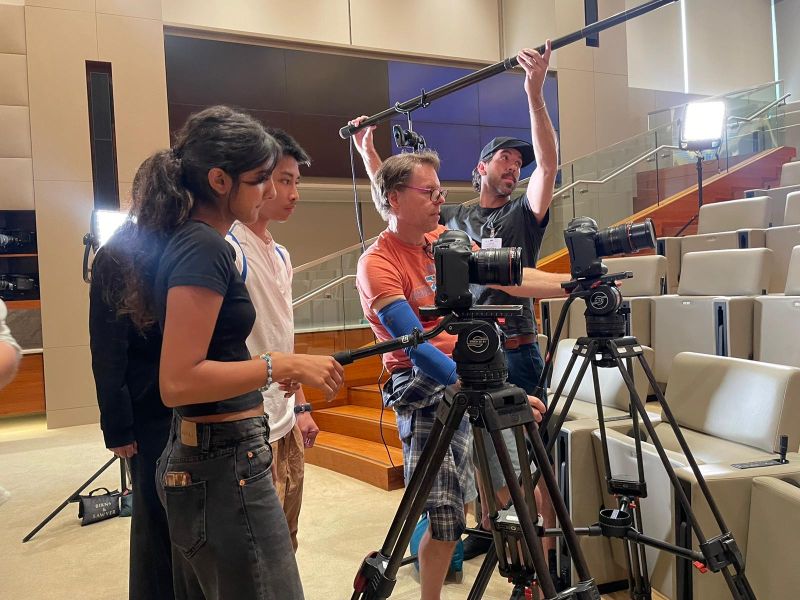hile the Cupertino Harvest Festival celebrated fall at Blackberry Farms, members of the Cupertino Historical Society reminded attendees of Blackberry Farms’s past. Because there was a time when the Ohlone Indians resided next to Stevens Creek, which passes through the farm. And after that, a Spanish explorer camped on the property on the way to San Francisco Bay. And after that, a wealthy family owned the property.
“Blackberry Farms is a microcosm of the history of the whole area,” Helene Davis, president of the Cupertino Historical Society, said.
The Cupertino Historical Society came to the Harvest Festival on Oct. 24 to share Cupertino’s history. But the members themselves have discovered that Cupertino’s story has been built layer upon layer to the present day.
Pointing to the picnic area and the picnic tables, Davis recounts that Juan Bautista de Anza, a Spanish explorer in search of the San Francisco Bay and namesake of De Anza, camped near Blackberry Farms. An anonymous Spanish missionary then christened the creek as Cupertino, after the town Copertino in southeast Italy.
Davis, a native Cupertino resident and alumni of Regnart Elementary School, Kennedy Middle School and MVHS, dedicates her time to Cupertino’s history. But she also understands the need to focus on the present as well.

“Our mission is not only to preserve our past,” Davis said, “but also to engage youth and the rest of the community in what we consider is actually history happening now.”
Davis orchestrates a game for children (and some adults), where the competitor blindly reaches into a hat full of faux-fruit and guesses what fruit they are touching. The game hints at a recent layer of Cupertino’s history, when fruit was grown on the orchards that dominated the townscape.
Gail Fretwell-Huggers, whose tremendous knowledge has her unofficially labeled as the Historical Society’s historian, grew up in Cupertino during the orchard-ages. At the time, the Nelson family owned Blackberry Farm. Looking towards the pool area, Fretwell-Huggers remembers the Nelsons’ company parties, where thousands of people arrived and cars were parked up and down the street. Even the number of pools the Nelsons had, two regular and one wading, does not escape her.

The City of Cupertino bought Nelson’s property in 1991 and changed the pool configuration, but Fretwell-Huggers has not forgotten her connection to its past. In fact, as the great-great granddaughter of William Regnart, the namesake of Davis’ elementary school, she’s even more deeply rooted in Cupertino’s multilayered story. When Regnart arrived in California to find gold and failed, he found property in Cupertino instead.
“Ever since I was a little kid, my grandmother was a storyteller, my dad was [a] storyteller,” Fretwell-Huggers said. “They told stories of the really old days, so I really developed a sense of history from them.”

Her favorite layer, or her favorite story, is the one of Elisha Stephens, whose cutout stands in front of the Cupertino Historical Society’s Booth. Pioneer of the Stephens-Townsend-Murphy party, a group that crossed the Sierras in 1844 before even the Donner Party, Stephens lived out his colorful life in Cupertino.
“He was a curmudgeon,” Fretwell-Huggers said, “which is a very old-fashioned word for ornery.”
Stephens’ claim to fame was his taste for rattlesnake, a species then in abundance in the area.
“No one ever wanted to come to his house for dinner because he would be serving rattlesnake,” Fretwell-Huggers said. “Even though he said it tasted like chicken.”
Later on, when Stephens realized his neighbor lived one mile away from him, he felt Cupertino was becoming too overpopulated and fled to Bakersfield. The cardboard cutout, which is the only known picture of Stephens, reminds viewers of the frontier spirit of Cupertino.
Still, members of the Cupertino Historical Society have their own stories of witnessing Cupertino’s transformation from orchard hub to technology hub, its transition from one layer to another. Fretwell-Huggers attended Collins School, Cupertino Union Grammar School, Lincoln Elementary, Cupertino Middle School, Fremont High School and Cupertino High School. She never moved, but as the town grew, the school boundaries changed and Fretwell switched schools to accommodate those borders.
Some members who did not grow up in Cupertino still dedicate their time to the city. Although they have witnessed and been a part of the city’s change, they know the agricultural spirit can still be preserved.
Sharon Bryan, a Cupertino Historical Society member who grew up in Los Gatos, visited Cupertino every week of her childhood to see her Uncle Johnny’s butcher shop at Monta Vista Market.

“The thing about Uncle Johnny was, as kids would come [into his shop] with their mothers, he would reach in and give them a hot dog,” Bryan said. “[It] kept them busy [while] mom shopped.”
Bryan remembers Cupertino’s agricultural past. She remembers how the Santa Clara Valley, known as the Valley of Heart’s Delight, was the most fertile in the United States. And she wants the current generation to remember it as well, to connect the past and present layers and stories.
“Unfortunately, [the Santa Clara Valley] is mostly asphalt now,” Bryan said. “[But] I think it can be the Valley of Heart’s Delight and Silicon Valley at the same time.”








